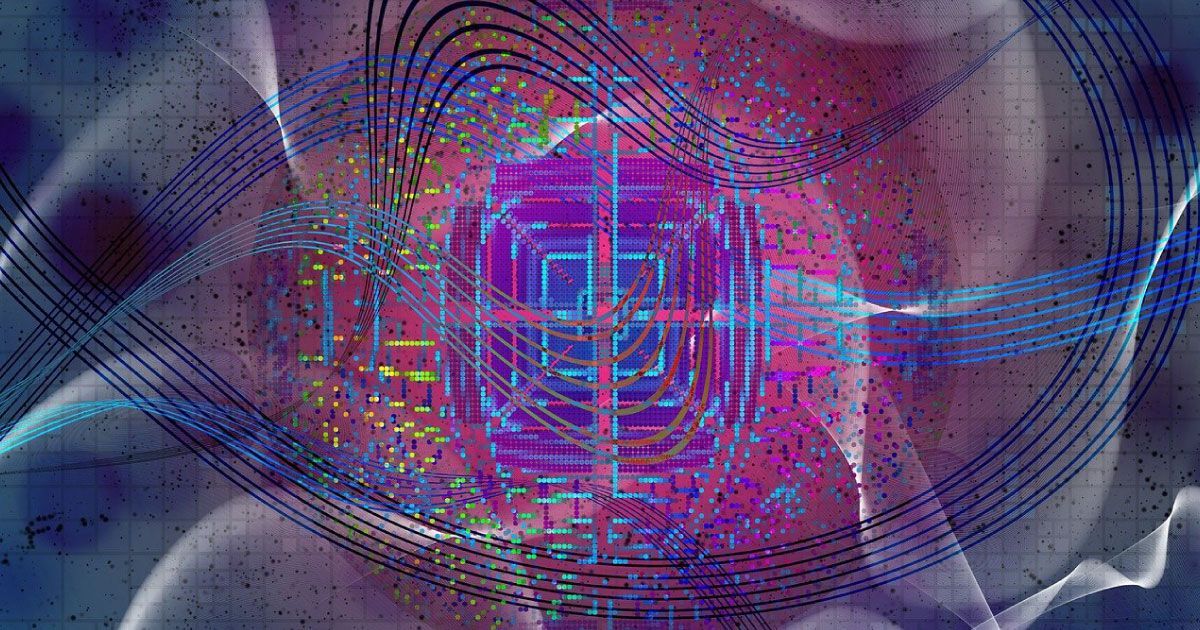Seeing the Future: Exploring the Potential of Quantum Dots in Vision Science

Read time: 4 minutes
What if the solution to better vision were smaller than a human hair? Welcome to the fascinating world of quantum dots—microscopic particles with groundbreaking potential to transform various fields, including vision science. While their use in vision correction remains speculative, ongoing research hints at exciting possibilities for the future.
At Urban Optiks Optometry, we pride ourselves on staying up to date with the latest advancements in eye care. As technology evolves, we strive to remain at the cutting edge, ensuring that our patients benefit from the most innovative solutions available.
Join us as we delve into the revolutionary possibilities that quantum dots may unlock for the future of eyecare—an era where science and technology converge to enhance the way we see and experience the world.
What Are Quantum Dots?
Quantum dots are semiconductor crystals so tiny that they measure just a few nanometers in size—smaller than many viruses. These nanoscale particles possess remarkable properties that allow them to manipulate light with incredible precision. Their unique ability to absorb, emit, and interact with specific wavelengths of light has already revolutionized fields like display technology, biomedical imaging, and solar energy.
Breaking Down the Science
Quantum dots are sometimes referred to as "light filters" due to their ability to interact with specific wavelengths of light. When light strikes a quantum dot, it can alter the light's properties—such as its color, intensity, or direction. This precision has made them valuable for applications like improving color accuracy in displays and potentially enhancing optical devices.
In the context of vision, researchers are investigating how these properties might someday be harnessed to improve how our eyes process visual information. However, these ideas are still in the conceptual stage.
Speculative Applications in Vision Science
Though not yet realized, scientists are exploring ways quantum dots could enhance vision-related technology. Potential applications being researched include:
- Smart Lenses: Contact lenses or glasses embedded with quantum dots that adapt to changing light conditions more quickly than current solutions.
- Enhanced Color Perception: Helping individuals with color vision deficiencies by filtering or amplifying specific wavelengths of light.
- Advanced Light Management: Reducing glare or enhancing contrast without darkening the entire field of vision.
- Adaptive Focus: Dynamic lenses that provide clear vision at multiple distances without the need for traditional bifocals.
These ideas remain experimental, and significant technical and practical challenges must be addressed before they become viable.
Current Vision Correction vs. Quantum Dot Potential
Today's vision correction solutions—such as bifocals, photochromic lenses, or progressive lenses—often involve compromises. Quantum dot technology offers the theoretical possibility of dynamic, adaptive solutions that could respond to the wearer’s environment in real time. However, no such products are currently available, and the technology is far from commercialization in this area.
The Road Ahead
Quantum dots' ability to manipulate light at the nanoscale offers intriguing opportunities in vision science, but their role in vision correction remains hypothetical. Current research is focused on safety, biocompatibility, and scaling the technology for practical use. Potential future applications include:
- Smart Glasses: Lenses that could switch prescriptions or integrate augmented reality features.
- Protective Lenses: Filtering harmful wavelengths (e.g., blue light) while enhancing beneficial ones.
- Dynamic Vision Solutions: Adapting to the wearer’s needs throughout the day, such as improving night vision or managing age-related vision changes.
These applications represent exciting possibilities, but further research is needed before they become part of everyday eyewear.
Safety and Development
Researchers are actively studying the safety and long-term effects of quantum dots, especially in biomedical contexts. To be viable for vision-related applications, quantum dots must be biocompatible and safely contained within protective materials. Significant progress has been made in these areas, but clinical trials and regulatory approvals are necessary steps for future use.
The Bigger Picture
Quantum dots showcase the power of working with light at the quantum level. While their use in vision correction is not yet a reality, their transformative potential in other areas, such as displays and imaging, demonstrates their versatility. Vision science may be the next frontier for this revolutionary technology.
The Takeaway
Quantum dots showcase the power of working with light at the quantum level. While their use in vision correction is not yet a reality, their transformative potential in other areas, such as displays and imaging, demonstrates their versatility. Vision science may be the next frontier for this revolutionary technology.
At Urban Optiks Optometry, we believe that innovation is key to providing exceptional eye care. We are committed to staying at the forefront of advancements like quantum dots and exploring their potential to transform vision correction. As this technology develops, we look forward to bringing cutting-edge solutions to our patients—ensuring they experience the very best in vision care.
Quantum dots might be microscopic, but their potential impact on vision science is immense. For now, they remain a promising research focus—one that could redefine how we approach vision correction in the decades to come. At Urban Optiks, we’re excited to watch these developments unfold and be ready to integrate them into our care when the time comes.
Share this blog post on social or with a friend:
The information provided in this article is intended for general knowledge and educational purposes only and should not be construed as medical advice. It is strongly recommended to consult with an eye care professional for personalized recommendations and guidance regarding your individual needs and eye health concerns.
All of Urban Optiks Optometry's blog posts and articles contain information carefully curated from openly sourced materials available in the public domain. We strive to ensure the accuracy and relevance of the information provided. For a comprehensive understanding of our practices and to read our full disclosure statement, please click here.


















